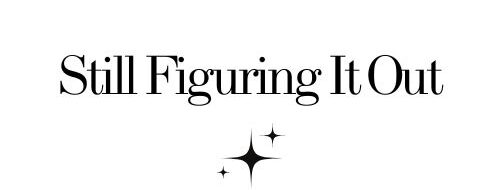Imagine walking down a busy street when someone suddenly collapses nearby. You expect someone to rush to their aid—but to your surprise, no one does. This puzzling behavior is what psychologists call the bystander effect, a phenomenon where individuals are less likely to help a person in need when others are present.
But why does this happen? And what can we do to overcome it? Let’s explore the psychology behind the bystander effect and how awareness can help us make better choices in moments of crisis.
What is the Bystander Effect?
The bystander effect occurs when the presence of others discourages an individual from intervening in an emergency situation. The concept gained attention in the 1960s after the tragic case of Kitty Genovese, a young woman who was murdered in New York City while, reportedly, 38 witnesses failed to intervene. While later investigations revealed the story was somewhat exaggerated, it sparked widespread interest in understanding why people sometimes fail to act when others are in danger.
The Psychology Behind the Bystander Effect
Two key psychological mechanisms explain this phenomenon:
1. Diffusion of Responsibility
When more people are present, individuals feel less personal responsibility to take action. The reasoning goes, “Someone else will surely help.” This diffusion of responsibility can paralyze everyone, leading to inaction.
2. Social Influence
In uncertain situations, people often look to others for cues on how to behave. If no one else seems concerned, individuals might interpret the situation as less urgent, even if their instincts tell them otherwise.
Real-Life Examples of the Bystander Effect
The bystander effect isn’t just confined to dramatic emergencies. It can manifest in everyday situations:
- Workplace Bullying: Employees may stay silent when witnessing harassment, assuming others will report it.
- Public Spaces: A person in distress—like a homeless individual needing assistance—might be ignored in crowded areas.
- Online Bullying: In digital spaces, bystanders often fail to intervene when witnessing cyberbullying, assuming someone else will step in.
How to Overcome the Bystander Effect
Awareness of the bystander effect is the first step toward overcoming it. Here are actionable strategies to break the cycle of inaction:
1. Recognize Your Responsibility
Understand that inaction can have serious consequences. If you witness someone in need, remind yourself that your intervention could make all the difference.
2. Be the First to Act
Once one person takes action, others are more likely to follow. Lead by example to create a ripple effect.
3. Learn Basic Emergency Skills
Knowing how to respond in emergencies—like performing CPR or administering first aid—can empower you to step in confidently.
4. Speak Up
Whether online or in person, calling out problematic behavior or reporting incidents can make a significant impact.
Creating a Culture of Helping
The bystander effect highlights how social dynamics can deter action, but it’s also a reminder of the power of individual responsibility. When we step up and take initiative, we inspire others to do the same, creating a culture where helping becomes the norm rather than the exception.
The next time you find yourself in a situation where someone needs help, pause and ask yourself: “If not me, then who?” Sometimes, a single act of courage is all it takes to make a difference.
What are your thoughts on the bystander effect? Have you ever witnessed or experienced it? Let’s start a conversation in the comments!
